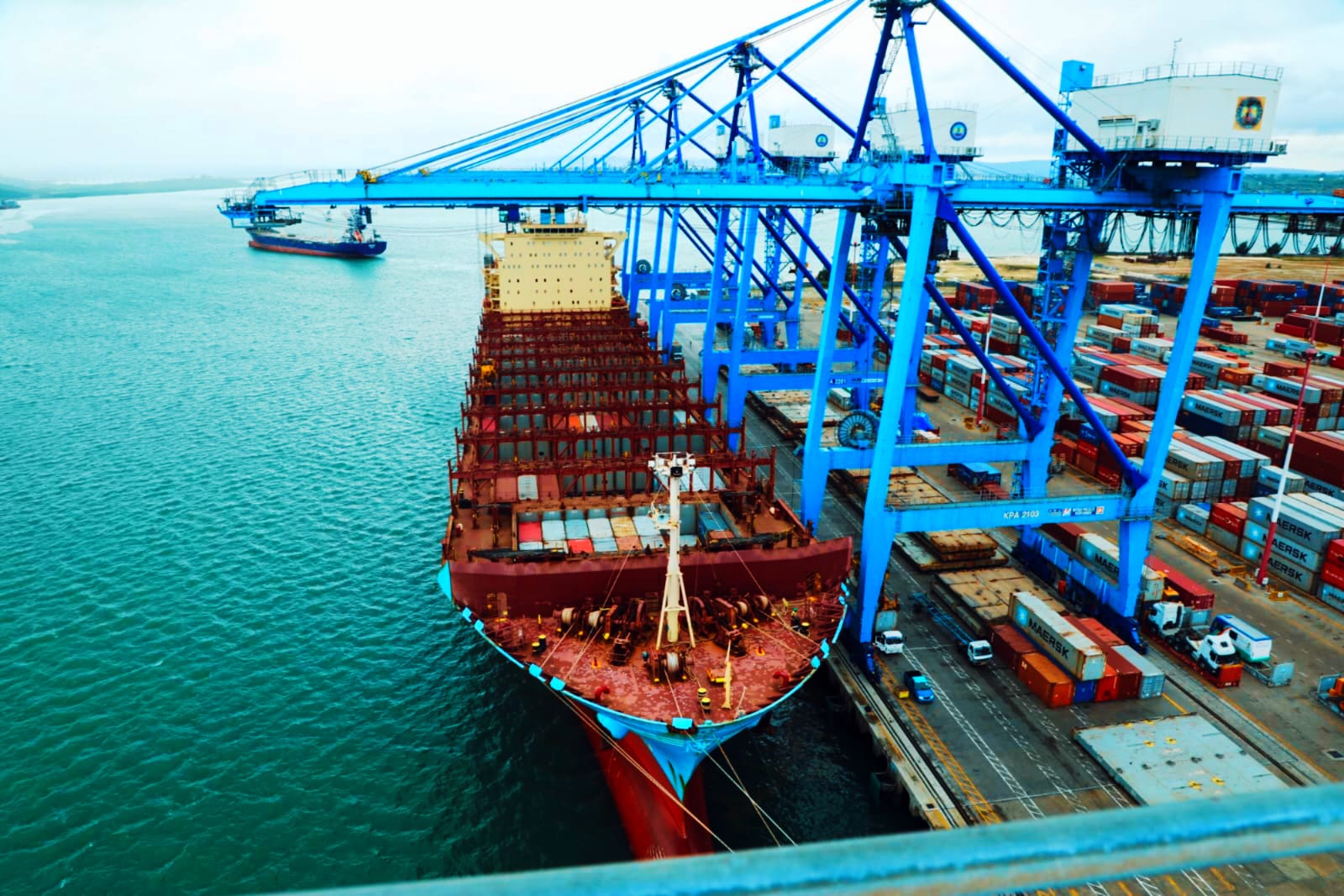Infrastructure, equipment upgrades bolster Kenya’s Ports performance
SADIK HASSAN AND MARIAM SEFU- KNA
The Port of Mombasa recorded a remarkable increase in cargo throughput from January to September 2024, handling a total of 29.92 million tons compared to 26.68 million tons registered during the same period in 2023.
This marks a significant growth of 3.23 million tons or 12.1 per cent, showcasing the port resilience and capacity to handle increasing trade volumes.
This has been attained through major infrastructural development in the Ports of Mombasa, Lamu, and Kisumu which has continued to catapult them to efficiency.
In terms of container traffic, the Port of Mombasa processed 1,461,736 twenty-foot equivalent units (TEUs) during the period under review, a substantial increase from the 1,191,282 TEUs handled in 2023, reflecting growth of 270,454 TEUs or 22.7 per cent.
Transshipment traffic exhibited exceptional growth, registering an increase of 216,339 TEUs or 162.8 per cent. Both imports and ex ports also demonstrated moderate growth, with imports rising by 27,656 TEUs (5.2 per cent) and exports increasing by 22,273 TEUs (4.3 per cent).
Transit cargo saw significant improvement as well, with total transit volumes reaching 9.83 million tons compared to 8.36 million tons in 2023, a variance of 1,469,540 tons or 17.6 per cent. Uganda played a pivotal role in this upturn performance, contributing to an increase of 1,132,326 tons or 21.9 per cent.
The Kenya Port Authority (KPA) has introduced 24-hour service delivery to its customers, streamlined cargo clearing services, upgrades of major equipment, digitization and investment in human resources. “Over the years we have continued expanding through the Mombasa Port Development Project,” said KPA Managing Director Capt. William Ruto.
The project has three phases: Phase One completed in 2017 increased the Port of Mombasa capacity to 550,000 TEUs. Phase Two saw the construction of berth 22. It has added a throughput capacity of 450,000 TEUs.
This Port has an annual throughput capacity of 2.2 million TEUs and also not forgetting the private sec tor who have invested in Container Freight Stations (CFSs) which we consider as an extension of the Port,” stated Capt. Ruto.
He said the installation of the state-of the-art Super Post Panamax Ship-to-Shore (STS) gantry cranes and rubber tyre gantry cranes has enabled the Port of Mombasa to handle bigger vessels of up to 10,000 TEUs capacity.
He said that the SGR connected to KPA’s Inland Container Depots in Nairobi and Naivasha has assisted KPA in enhancing service delivery to customers.
The MD termed the Shimoni Port as a catalyst in the exploitation of the Blue Economy.
KPA provides infrastructure to facilitate cold storage facility and processing for export and value addition. “We have modernized that port to facilitate better access to both local and international markets which will also attract foreign and domestic investment in the fishing markets and increase the country’s fish products competitive ness,” Capt. Ruto explained.
Transit countries like Uganda are now able to receive petroleum products in a short time through the Port of Kisumu. Through the oil jetty in Kisumu, petroleum products are now pumped directly from here to Kisumu through a pipeline.
From Kisumu, Uganda has invested in a vessel that can carry about four million litres in one trip,” Capt. Ruto said. This means, “We can now remove more than 160 trucks from the road reducing road damage, creating safety and reducing carbon emissions along the corridor,” he said.
The infrastructure in vestments by KPA have also reduced the cost of doing business. The Port is now able to handle three vessels in a week, with about 12 million litres of petroleum products being transported through Lake Victoria.

